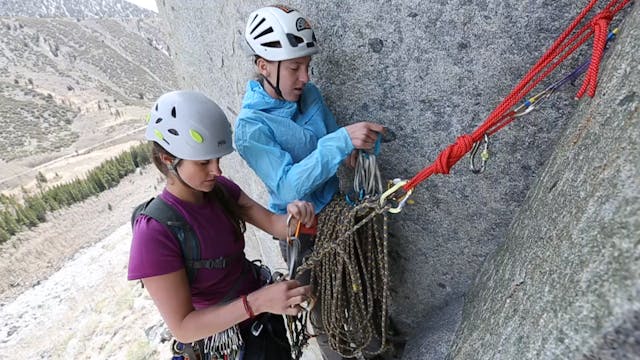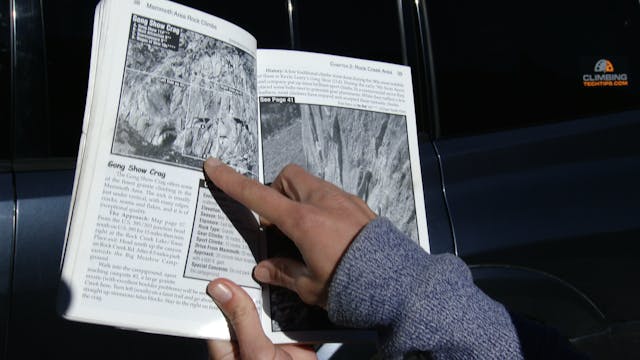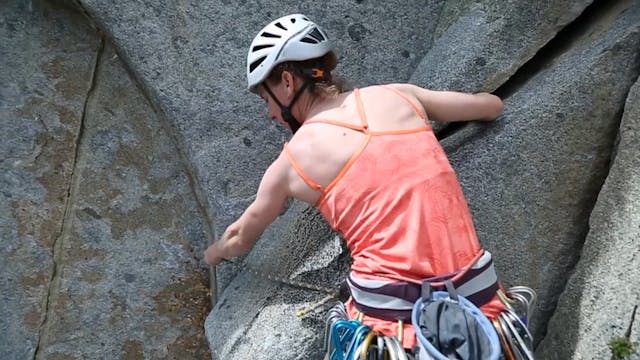Multi-Pitch Trad: 12. Retreating from a Route
Multi-Pitch Trad Climbing
•
50s
What happens if you run out of time, take too long, or if unexpected weather rolls in while you are mid route? In this video, we consider the importance of retreating from a route. It’s important to know that not all multi-pitch routes allow you to retreat mid-route or rappel the route.
When starting your multi pitch climbing career, consider how “committing” your route is, and if you have the required skills to get up and off it in time.
1. Start with routes that will allow you to retreat, rather than require you to top out. That way, if your time plan was inaccurate or weather comes in unexpectedly, it’s a relatively straightforward descent off the climb.
2. Determine a turnaround time. This should be based on:
- Weather
- Technical ability
- Fitness
- Fatigue
- Experience with long days and adversity
- How much daylight hours remain or when you want to return
We hope you found this video helpful. Feel free to comment below with questions or thoughts!
Please remember, climbing is inherently dangerous. Climb at your own risk.
Up Next in Multi-Pitch Trad Climbing
-
Multi-Pitch Trad: 13. Route Logistics
In this video we review a few considerations for route logistics for multi-pitch trad climbing. When heading out for a multi-pitch climb be sure to pack the essentials:
- Water
- Food
- First Aid Kit
- Headlamp w/ fresh or spare batteries
- Phone/communication device
- Wind shirt
- Bela... -
Multi-Pitch Trad: 14. Finding the Rou...
In this video we review the art of finding the route—as well as the descent. Once you’ve done your research and selected which route(s) to climb, use the following procedure to help you identify the route and descent.
1. Starting from the car, or even while hiking on the approach, look at the ...
-
Multi-Pitch Trad: 15. Wandering Routes
In this video, we discuss how to manage wandering routes. Most long traditional multi-pitch climbs will wander at some point, as they travel between major features. You might need to traverse on a ledge, for example, to link up with another crack system. Changes in direction can create rope drag ...


